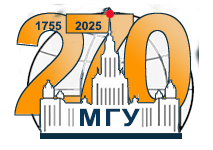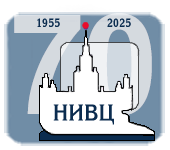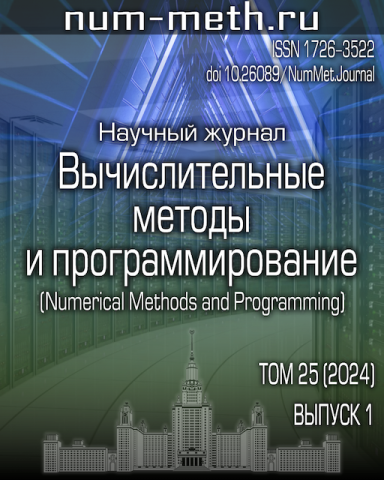The main focus of the laboratory is the development of mathematical and numerical models of boundary layers of the atmosphere, ocean and inland waters, their implementation for modern high-performance parallel computing systems.
Accurate reproduction of exchange processes in the boundary layers of the atmosphere and ocean is necessary for correct estimation of air temperature, wind speed and concentration of aerosols, gases and pollutants in the closest to the surface part of the amtosphere, where all human activity takes place; ocean surface temperature, thickness of the mixed layer and vertical distribution of biochemical substances concentration; dynamics of the carbon cycle in the Earth system.
Boundary layers are binding links for interactions in general circulation models of the atmosphere and ocean, and reproduction of exchange processes with the underlying surface largely determines local features of climate change. Trends in the development of climate models associated with increasing spatial resolution, increasing complexity of the description of physical processes and inclusion of additional components of the Earth system require revision, refinement or development of new models and parameterizations of the boundary layers. Computational technologies developed within the laboratory will also be in demand for solving applied interdisciplinary problems of Earth sciences.
The role of LMMGBL is unique for the post-Soviet space, its activity allows to preserve and strengthen domestic school of mathematical modeling in fundamental problems of geophysical turbulence theory, and the original software development for modern supercomputers provide import substitution in practical tasks of weather forecast, climate and environmental protection.
MAIN AREAS OF WORK
1. Development of mathematical models, numerical methods and algorithms, parallel computing technologies for modern and advanced supercomputers designed to study geophysical turbulence and processes in geophysical boundary layers on the basis of DNS-, LES- and RANS- approaches.
2. Advancment of parameterizations of turbulent energy and mass exchange, processes in boundary layers of the atmosphere, ocean and land waters for use in Earth system models, its separate components, intended for solving weather and climate forecast problems.
3. Application of the developed computational technologies in fundamental and applied interdisciplinary studies in Earth sciences.
1. Разработка математических моделей, численных методов и алгоритмов, параллельных вычислительных технологий для современных и перспективных суперкомпьютеров, предназначенных для исследования геофизической турбулентности и процессов в геофизических пограничных слоях на основе DNS-, LES- и RANS- подходов.
2. Создание параметризаций турбулентного энерго- и массообмена, процессов в пограничных слоях атмосферы, океана и вод суши для моделей Земной системы, отдельных ее компонент, предназначенных для решения задач прогноза погоды и климата.
3. Приложение созданных вычислительных технологий в фундаментальных и прикладных междисциплинарных задачах наук о Земле.








